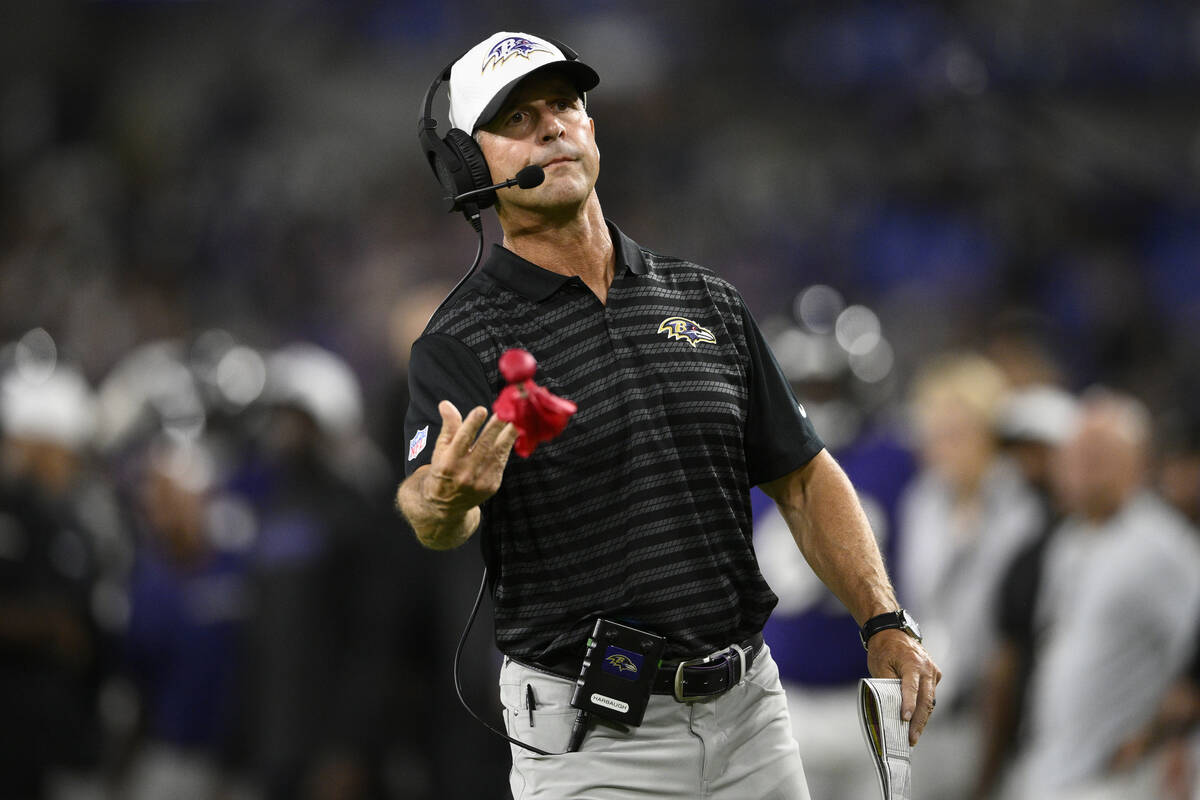Hill: New NFL rules — besides kickoffs — fans need to be aware of
The most glaring change to the NFL through nearly a week of preseason football is obviously the kickoff rule.
It was always going to be that way. It’s perhaps the biggest rule change the league has implemented in decades, and it still looks odd.
But the dramatic difference in how kickoffs are handled has overshadowed some other changes that could also have a big impact this season.
And yes, as a rules nerd, these things matter!
Hip-drop ban
The first is the banning of the hip-drop tackle, a technique employed by defensive players to bring down ball carriers in which they grab or wrap the runner with both hands before swiveling or dropping their hips to make the offensive player carry their weight and then land on or trap the runner’s leg below the knee.
It’s an incredibly dangerous way of making a tackle that has resulted in a significant amount of injuries. The penalty will be 15 yards and an automatic first down and is likely to catch some fans off guard the first few times they see it called because it has become so prevalent in recent years.
Speaking with an official, there is a belief not all of these infractions will be called on the field because an official has to view all three elements of the act to throw the flag. The league will continue to police these tackles out of the game through fines.
Certainly there will be some angry purists who complain about defenses not being able to even breathe on offenses these days, but this actually seems like a good commonsense decision by the league.
There is another alteration for this year that is likely to pop up in a key situation and leave fans screaming at their televisions because they weren’t aware things had changed.
Most fans have become accustomed to a team only getting a third challenge if both of their first two were successful. That has now been adjusted to a team getting a third chance to challenge if just one of the first two was successful.
This is also probably a good rule, except for the fact that a team does not get a fourth challenge if the third is correct. That should probably be changed, though it may not need to because of the evolution of another rule.
The league has continued to broaden the replay-assist program that has quietly made a significant impact. There are several situations that come up in the course of the game where the booth can get in the ear of the referee on the field and consult him on clear and obvious mistakes with very little delay in the action.
It was seen a couple of times in the Raiders’ game Saturday against the Vikings — you may not have even noticed because it’s so smooth — but the scope remains limited.
There are three new scenarios this year where that can happen.
If a flag is thrown for roughing the passer due to a hit to the head or neck area and there is clear video showing no contact was made to that area, it can be overturned up until the time the offense lines up for the next play.
Same goes if there is a flag for intentional grounding and video shows the passer was out of the pocket or not facing imminent loss of yardage, the booth can quickly overturn it.
The final new situation where the booth can chime in is if a flag is thrown for unnecessary roughness near the boundary for a hit out of bounds, the booth can tell the officials the player was still in bounds and wipe out the flag. Think quarterbacks who draw a call when they are still two yards from stepping out of bounds.
‘Hawk-Eye’ coming … later
Basically, the booth can take away flags but not create them. Replay assist has been one of the most successful initiatives the league has had from a rules perspective because it is so efficient.
So why limit it? This should be greatly expanded to help fix a whole lot of mistakes without dragging out the review process.
Of course, I would have said the same thing about the “Hawk-Eye” technology set to replace the old-school chain-link first-down markers next season. The idea is to produce an immediate animation similar to the ones used in tennis and soccer to project on the scoreboard whether a ball has reached the line to gain.
It is being tested in some preseason games, but got off to a dreadful start, as the image took more than three minutes to be processed during a Thursday game between the Lions and Giants.
That can’t happen. It will get better, and that’s why it’s being tested as opposed to instantly implemented. But it also gives curmudgeons a chance to be dismissive of the vast improvements technology can and will bring to sports.
The last thing they need is outcomes of games taking a full week to determine.
Sorry, Olympic gymnastics. Too soon?
Contact Adam Hill at ahill@reviewjournal.com. Follow @AdamHillLVRJ on X.



















